Why the Last Words of Anne Boleyn Remain a Mystery
What she said depends on who’s telling the story.
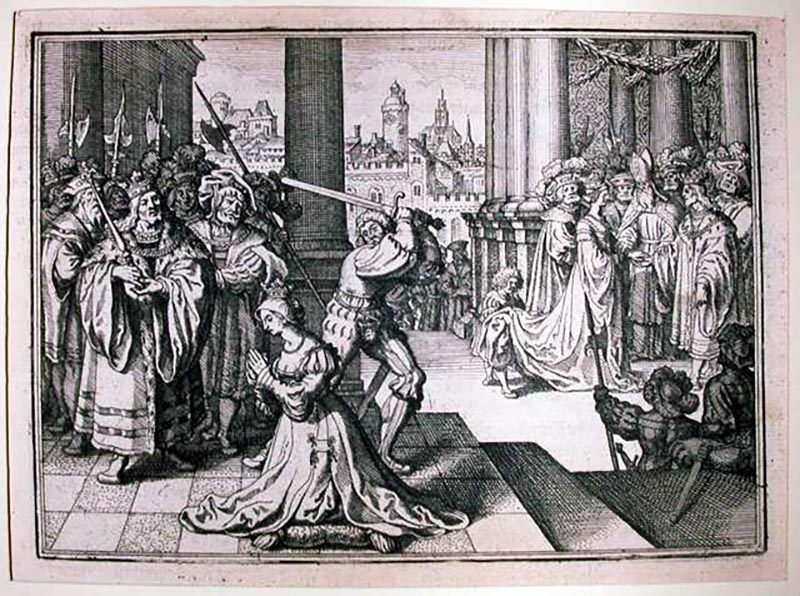
A German engraving c. 1830, showing Anne Boleyn’s execution. (Photo: Lisby/Public Domain)
“I have not come here to preach a sermon; I have come here to die.”
Facing imminent execution, Anne Boleyn began her last speech with those words. Possibly. Maybe not. It depends who’s telling the story.
In the early morning hours of Friday, May 19, 1536, a Scottish theologian named Alexander Ales could not sleep. Sick and housebound, he claimed to have had a fearful nightmare in which he was presented with the head of the then-imprisoned Queen of England, Anne Boleyn.
Walking fretfully in the garden of Lambeth Palace after many days of isolation, he came across Thomas Cranmer, the Archbishop of Canterbury. Cranmer, Anne’s ally in the Protestant revolution, was distraught, and confirmed that Ales’ dream had been prophetic. The Queen had been found guilty of adultery, incest and conspiring against her husband, King Henry VIII, and sentenced to death.
Within hours the deed was done. “The execution of the concubine took place at nine o’clock this morning in the tower,” the very hostile and very Catholic Imperial ambassador Eustace Chapuys wrote to his boss, Emperor Charles V, later that day. “The thing was not done secretly, for there were more than two thousand persons present.”
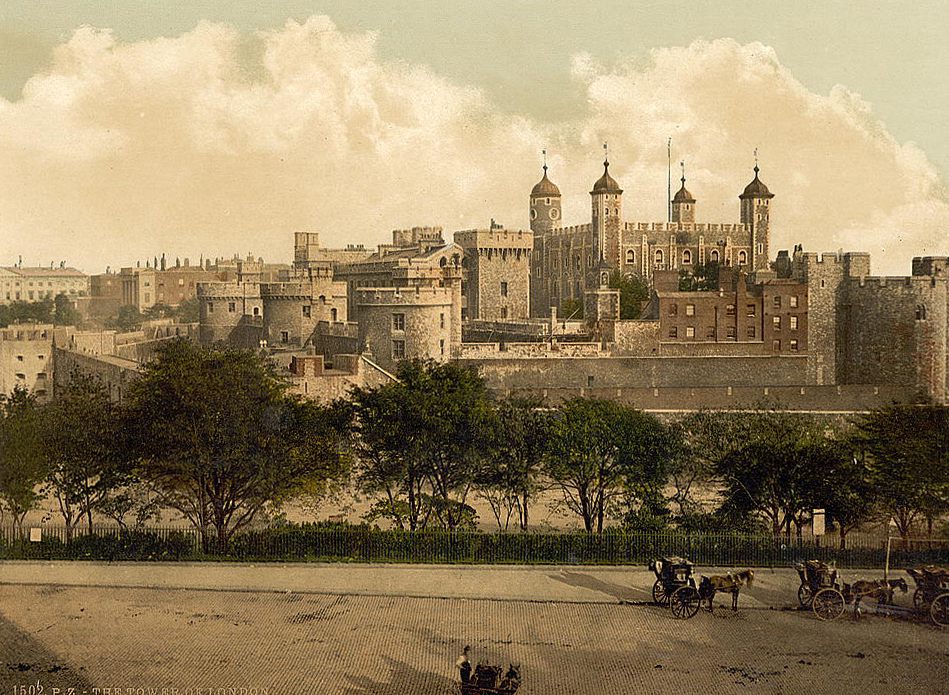
A photochrom from 1890, showing The Tower of London, where Anne Boleyn was kept prisoner before being executed. (Photo: Library of Congress/LC-DIG-ppmsc-08566)
Many of those who witnessed the execution of the Queen would leave detailed reports, either directly or indirectly, of what they saw that legendary day. But their accounts were radically different—shaped by personal prejudices, their nationalities, and their intended audience.
In The Lady in the Tower, historian and author Alison Weir’s nuanced account of the fall of Anne Boleyn, the author lays out the different reported versions of Anne’s final moments in eye-opening detail. Although some (including Chapuys, who was not allowed in) reported that no foreigners were permitted to witness the spectacle, it seems that at least four—Frenchman Lancelot de Carle, an anonymous Spaniard, a Portuguese subject, and an “Imperialist”—managed (or claimed to have managed) to get into the Tower of London, or knew someone who had. Numerous English citizens, from tower workers to agents of the crown to ordinary citizens, also came to the Tower on the late spring morning to watch Anne die.
From the start, accounts differed on where the execution took place, though historians now agree it was probably on the large green which today is a graveled parade ground between the White Tower and the Waterloo Block. Weir writes that Anne was led up to the scaffold that had been erected for her execution, wearing either a grey or black “night robe” with a red under-skirt and white ermine cape, she was followed by “four young ladies” whose names no one present bothered to record. While the Imperialist source claimed she looked “feeble and stupefied” as she ascended the scaffold, most agreed with the Englishman Crispin, Lord Milherve, who said that “when she was brought to the place of her execution her looks were cheerful.”
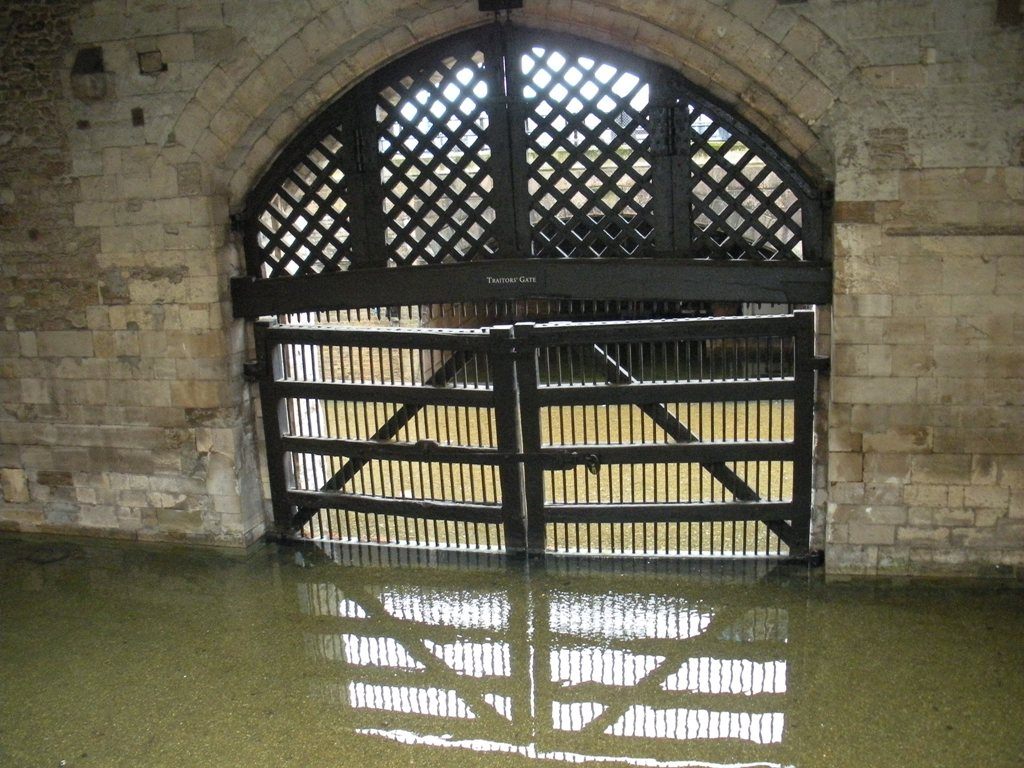
Tower of London’s “Traitor’s Gate”, where Anne Boleyn entered the tower. (Photo: Char/CC BY-SA 2.0)
All agreed that she asked for a moment to address the crowd. Anne Boleyn, Henry VIII’s second wife, was a woman who had always evoked strong feelings in people. To the supporters of Henry’s first wife, the saintly, recently-deceased former Spanish princess Katherine of Aragon, she was a scheming “goggle-eyed whore” who had bewitched Henry VIII away from his true wife and the true religion of Catholicism. To her supporters, she was an intelligent, cultured and graceful lady with great drive and ambition. Whatever her talents, her life had been dictated by men’s whims and men’s opinions. On this day, only men would record their versions of her final words.
Anne began to speak. One of her most hostile critics was the anonymous writer of the Spanish Chronicle, a narrative of Henry VIII that may have been authored by a servant to the Spanish ambassador or a Spanish merchant. In the Chronicle, the author hints broadly at having sneaked in the night before to watch the execution, or having had an intimate friend who did. According to him, Anne, given one last chance to admit her guilt, “would not confess, but showed a devilish spirit, and was as if she were not going to die.”
The Chronicle author claimed that Anne gave a speech including the words “everything they have accused me of is false, and the principle reason I am to die is Jane Seymour, as I was the cause of the ill that befell my mistress.”At the mention of Jane Seymour, the King’s new mistress and soon-to-be wife, the Chronicle says Anne was silenced by the men on the scaffold. She looked around her as if for a reprieve and continued to obstinately deny her guilt.
In all of the eye-witness accounts of the execution but one, Anne is adamant in refusing to admit that she was guilty of adultery or treason. Only in the Imperialist account, “raising her eyes to heaven,” does Anne “beg God and the king to forgive her offenses.”
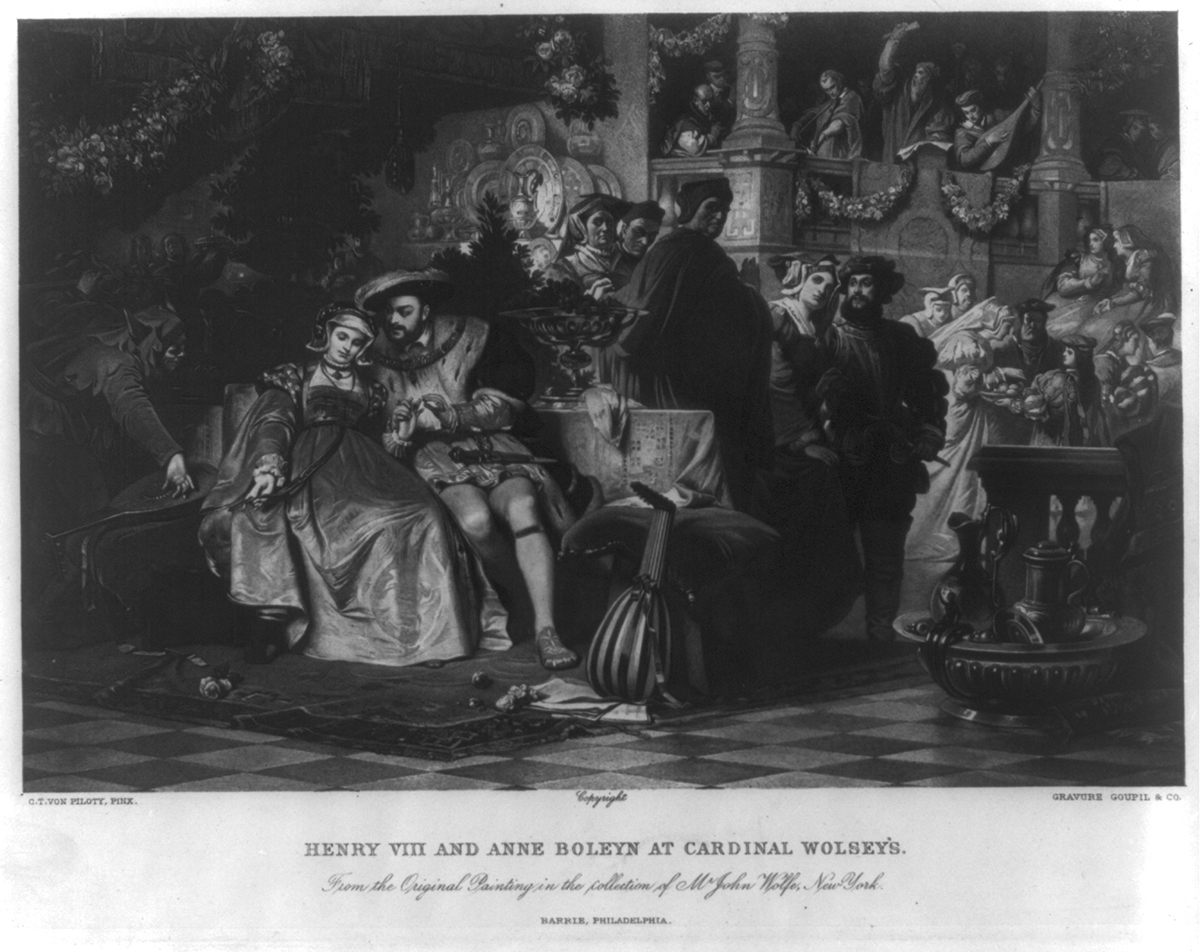
A depiction of Henry VIII and Anne Boleyn, with members of the court in the background. (Photo: Library of Congress/LC-USZ62-5702)
While the Spanish and Imperialists were unsurprisingly biased against Anne, the French were naturally inclined towards her. Anne had spent her formative years in France, in the train of Henry’s sister Mary, who had married the French King. She spoke French fluently, dressed in the French fashion and was often accused of being culturally more French than English.
Lancelot de Carle, secretary to the French ambassador, was so moved by what he saw during Anne’s trial and execution that he wrote a poem, A Letter Containing the Criminal Charges Laid Against Queen Anne Boleyn of England, dated June 2, 1536. In the poem, he recounts how Anne “went to the place of execution with an untroubled countenance. Her face and complexion never were so beautiful. She gracefully addressed the people from the scaffold with a voice somewhat overcome by weakness, but which gathered strength as she went on.” As she begged those present for compassion toward those who had condemned her, “spectators could not refrain from tears.”
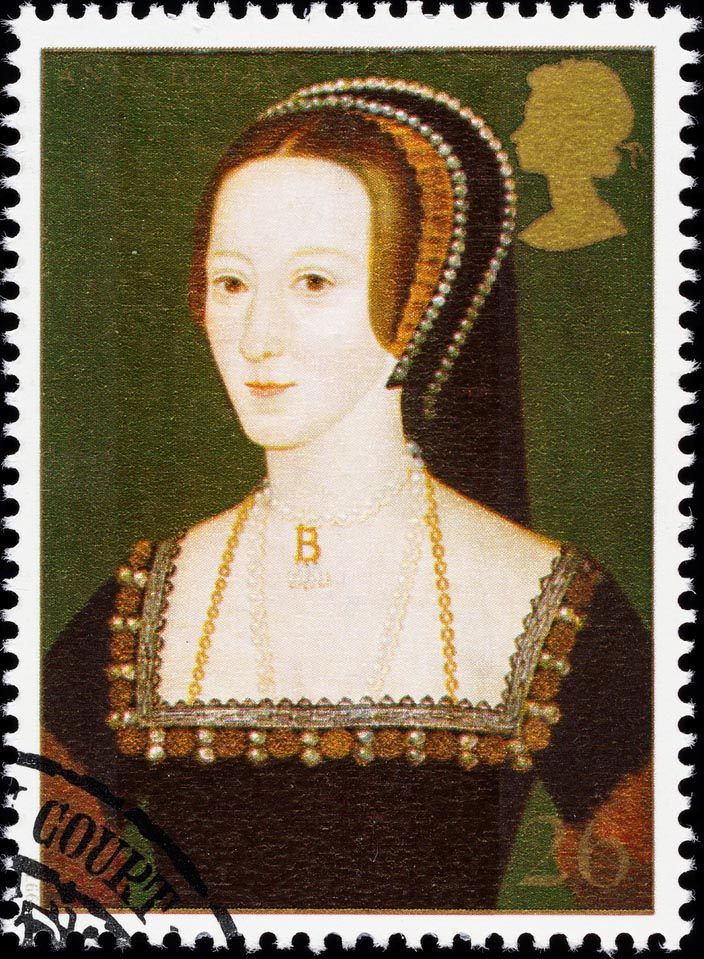
Anne Boleyn, commemorated on a British postage stamp. (Photo: Andy Lidstone/shutterstock.com)
The most accepted version of Anne’s final speech was recorded by Edward Hall, a member of Parliament, official of the City of London, and the author of the Chronicle of England:
Good Christian people, I am come hither to die, according to law, for by the law I am judged to die, and therefore I will speak nothing against it. I come here only to die, and thus to yield myself humbly to the will of the King, my lord. And if in my life, I did ever offend the King’s Grace, surely with my death I do now atone. I come hither to accuse no man, nor to speak anything of what whereof I am accused, as I know full well that aught I say in my defense doth not appertain to you. I pray and beseech you all, good friends, to pray for the life of the King, my sovereign lord and yours, who is one of the best princes on the face of the earth, who has always treated me so well that better could not be, wherefore I submit to death with good will, humbly asking pardon of all the world. If any person will meddle with my cause, I require them to judge the best. Thus I take leave of the world, and of you, and I heartily desire you all to pray for me. Oh Lord, have mercy on me! To God I commend my soul!
The essence of this feisty version of her speech, politically correct in its praise of the King but “bold” in her refusal to admit her guilt, is found in several eyewitness accounts. These witnesses include the unknown Portuguese subject and Englishman Anthony Anthony, surveyor of the ordnance of the Tower, although the verbiage used varies wildly from version to version. The similarities have led Weir to believe this speech is substantially what was said, while historians like Eric Ives have settled on a similar, slightly simpler version. In this version Anne begins, “I have not come here to preach a sermon; I have come here to die.”

Another depiction of the execution, where the executioner holds an axe. (Photo: Lisby/Public Domain)
Another apparent observer, the lord of Miherve—perhaps getting one in for the patriarchy—attested that she added, “be not sorry to see me die thus, but pardon me from your hearts that I have not expressed to all about me that mildness that became me.” The Portuguese subject amazingly claims to have heard her murmur: “Alas, poor head. In a very brief space, thou will roll in the dust on the scaffold, and as in life you did not merit the crown of a queen, so in death you deserve no better doom than this.”
In Anne’s last moments, she knelt down, prepared to meet the executioner’s blow. To one chronicler “she appeared dazed” while “fastening her clothes about her feet.” But to another she was strong and serene while she “prepared to receive the stroke of death with resolution, so sedately as to cover her feet with her nether garments.” Even the simple act of whether her eyes were covered is a contested point. According to Weir:
The Spanish Chronicle asserts that Anne refused to have her eyes bandaged, and that her gaze disturbed the executioner, but three other witnesses state that one of her ladies, weeping, “came forward to do the last office” and blindfolded her with a “linen cloth.” Ales, whose landlord related the details, says that Anne herself “covered her eyes.”
Anne began to pray loudly, begging God to receive her soul. Soon it was over, her head cleanly sliced off by the executioner in one fell swoop. As her body was carried away by her maids, a handful of witnesses to her demise streamed off the green, some to their desks to write what they had seen, others to recount the event to record-minded friends.
Remembering an event is “more akin to putting puzzle pieces together than retrieving a video recording,” psychologist Elizabeth F. Loftus has said. In Anne’s case, her true words may well have been lost the moment she said them. They were reshaped—at turns romantically, vindictively, politically—or perhaps somewhere they were recounted verbatim. Some eyewitnesses reported that Anne’s lips continued to move for several seconds after her head had been sliced from her body. Perhaps, she was attempting to get across one last time what she actually had to say.




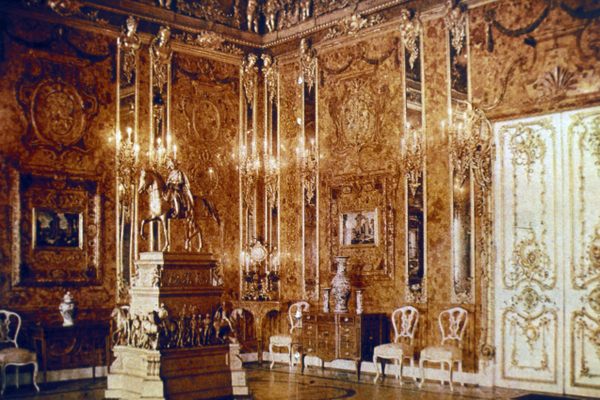











Follow us on Twitter to get the latest on the world's hidden wonders.
Like us on Facebook to get the latest on the world's hidden wonders.
Follow us on Twitter Like us on Facebook